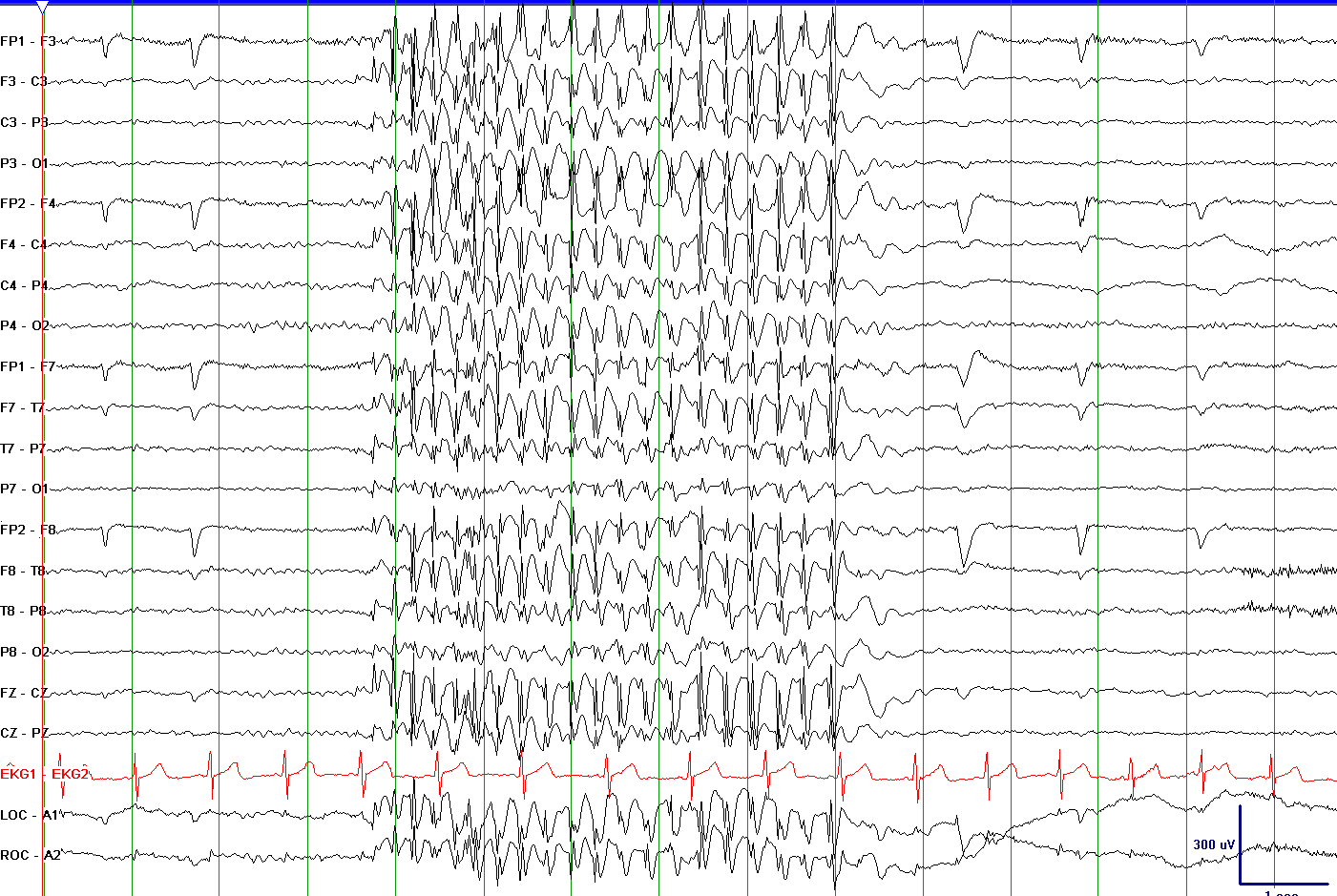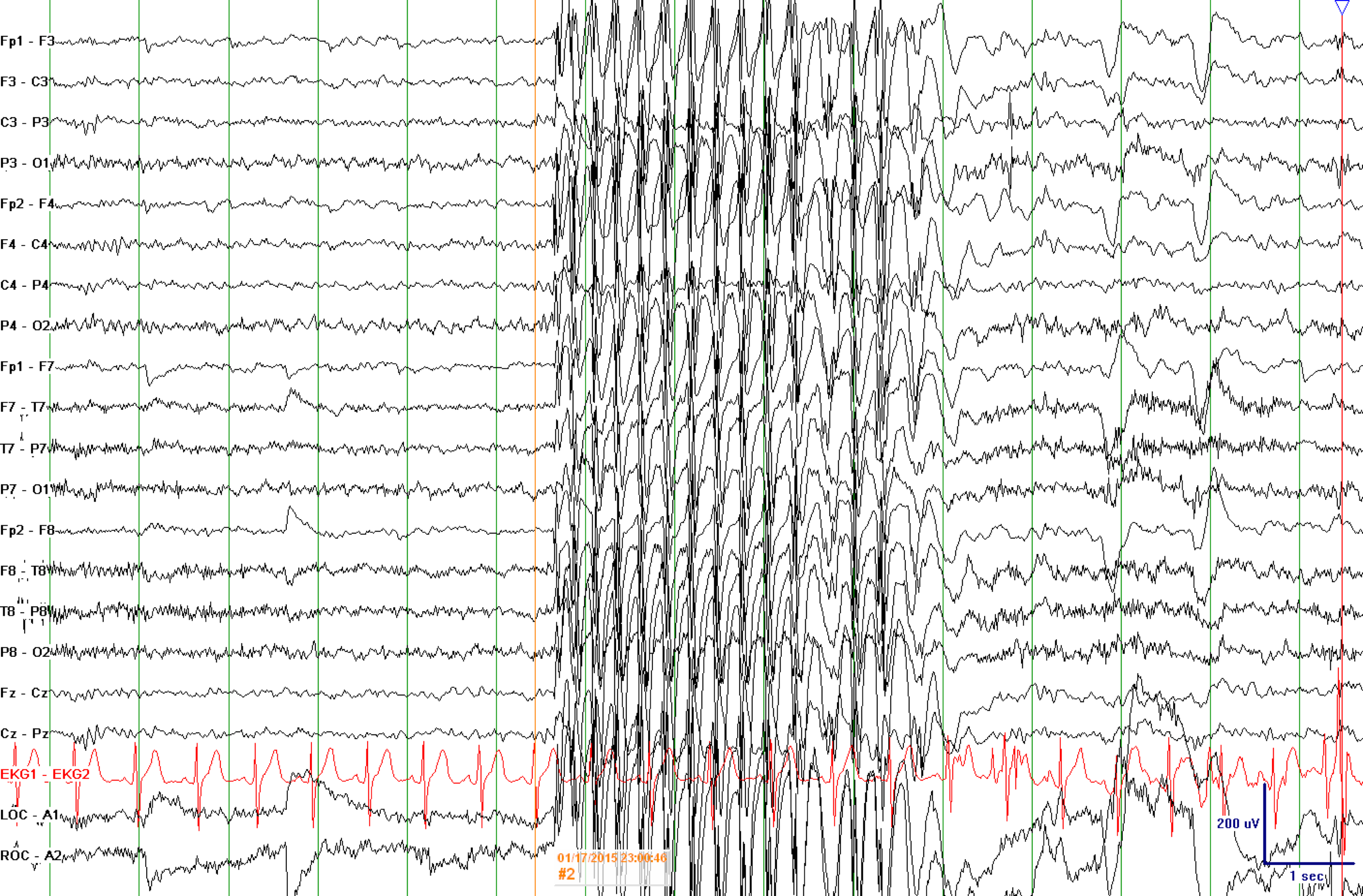Juvenile Absence Epilepsy

What Is Juvenile Absence Epilepsy Like?
Seizures in juvenile absence epilepsy (JAE) can be of two main types.
Absence seizures are seen in all cases.
- In an absence seizure, the young person will stare and is either unresponsive or has impaired responsiveness.
- Their eyes may roll up briefly or the eyelids may flutter.
- Some people may have repetitive movements, like mouth chewing (automatisms).
- Absence seizures usually last 10 to 45 seconds and end abruptly.
- The person can resume normal activity after the seizure and often is not even aware that anything has happened.
- Absence seizures typically are seen less than daily.
Generalized tonic-clonic seizures are seen in about 8 in 10 people.
- Generalized tonic-clonic seizures involve whole body stiffening and jerking.
- They usually occur when waking up.
- They usually last seconds to minutes.
- Their frequency is variable.
- People with JAE usually develop normally.
- One in 3 people may also have attention, concentration, and memory problems that may improve with treatment of absences.
Who Gets Juvenile Absence Epilepsy?
- Approximately 1 to 2 out of 100 people with epilepsy have JAE.
- The seizures in JAE usually begin between the ages of 10 to 16 years, but rarely may start later.
- The cause is mostly genetic. A family history is rare, but family members may have similar seizures or other generalized epilepsies.
How Is JAE Diagnosed?
- Information about your seizure type(s), health and family history, and a physical and neurological examination are the first steps in diagnosing absence seizures.
- An EEG (electroencephalogram) is done to look for possible seizure activity. Hyperventilation and photic stimulation (exposure to rapid flashing lights) are often performed during the EEG. The EEG shows generalized polyspike or spike and wave discharges at 3-4 Hz (cycles per second).
- The EEG shows spike and wave discharges at 3 to 6 Hz (cycles per second) that are generalized (the same on both sides of the brain).
- CT (computed tomography) and MRI (magnetic resonance imaging) scans of the brain are normal and are not indicated in most cases.
- Screening for attention problems is recommended.


Examples of 3 to 4 Hz generalized spike wave
How Is JAE Treated?
- Juvenile absence epilepsy usually responds to treatment. Medications commonly used in JAE are valproate (Depakote) and lamotrigine (Lamictal).
- Ethosuximide (Zarontin) can be used if absence seizures are not controlled, but does not protect against generalized tonic-clonic seizures.
- If the absences or generalized tonic-clonic seizures are persistent, combining these medications may be helpful.
- Other medications have been used, such as topiramate (Topamax), zonisamide (Zonegran), levetiracetam (Keppra), and benzodiazepines (clobazam). However, these are generally not considered unless valproic acid and lamotrigine have failed or have caused side effects.
- A form of the ketogenic diet may also be considered in cases that don't respond well to medicine.
What's The Outlook For Children With JAE?
- JAE usually responds to treatment.
- It is considered a life-long condition, which means seizure medications will be needed to control the seizures.
- Attention problems may persist despite successful treatment. Therefore close monitoring is recommended.
Here's A Typical Story
Billy, a 12-year-old boy, "blanks out" sometimes and stops playing ball for 10 to 15 seconds during baseball practice. His coach calls his name, but Billy doesn't seem to hear him. He usually blinks a few times and sometimes he starts moving his mouth like he’s chewing something. Usually the seizure ends abruptly and he’s right back to the game. These typically occur 2-5 times a week. On a couple of occasions in the morning, he has had a bigger seizure where his whole body stiffens and then jerks. Those seizures last about 2 minutes.
What’s The Difference?
How are juvenile absence epilepsy (JAE) and childhood absence epilepsy (CAE) different?
Read More...
- When Seizures Start
- JAE: usually after age 10 years
- CAE: usually before age 10 years, most often between 5 and 8 years of age
- Length of Absence Seizure
- JAE: 10-45 seconds
- CAE: 10-20 seconds
- Frequency of Absence Seizures
- JAE: less than daily
- CAE: up to 20-40 times per day
- Outlook
- JAE is usually a life-long condition
- CAE often goes away as the child gets older
Resources
Epilepsy Centers
Epilepsy centers provide you with a team of specialists to help you diagnose your epilepsy and explore treatment options.
Epilepsy Medication
Find in-depth information on anti-seizure medications so you know what to ask your doctor.
Epilepsy and Seizures 24/7 Helpline
Call our Epilepsy and Seizures 24/7 Helpline and talk with an epilepsy information specialist or submit a question online.
Tools & Resources
Get information, tips, and more to help you manage your epilepsy.



